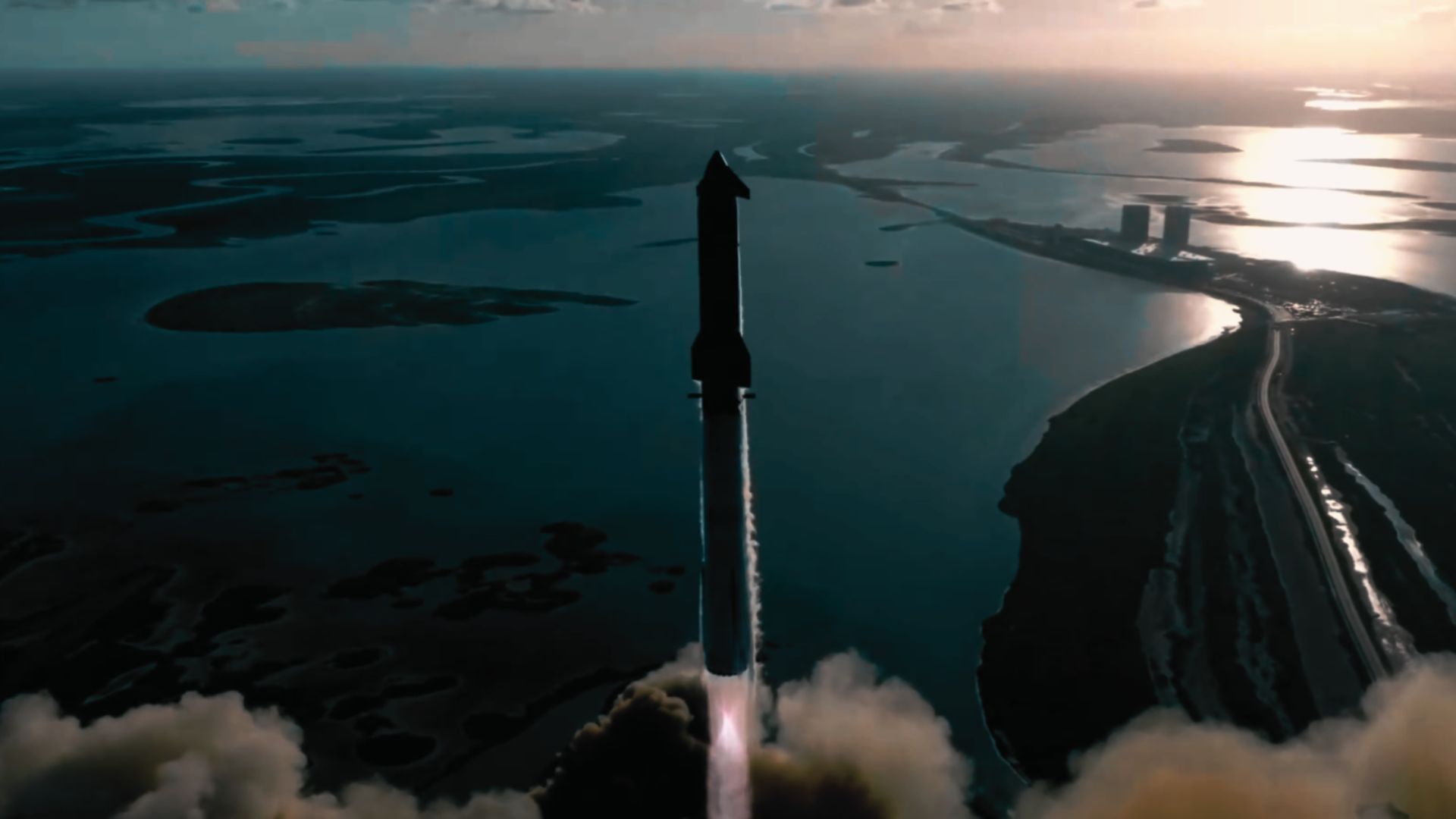New Delhi: SpaceX has conducted the eleventh flight test of Starship, and the final one for the second version of the world’s most powerful reusable rocket. Most of the objectives of the mission were successfully achieved, with the rocket lifting off from Starbase in Texas. The same booster was previously used on Flight 8. All the 24 Raptor engines had flown previously. One of the primary goals was to demonstrate a unique landing burn engine configuration, which SpaceX plans to use in the next generation of Super Heavy boosters. For this reason, the Super Heavy booster splashed down into the Gulf of America and did not return to Starbase for a catch by the chopstick, or the Mechazilla.
Liftoff of Starship! pic.twitter.com/sbfmGAEPa6
— SpaceX (@SpaceX) October 13, 2025
Previously, SpaceX burned three engines for a divert phase during the landing burn, for which it used five engines in Flight 11, finetuning the path of the booster, and providing additional redundancy in case of spontaneous engine shutdowns. Eight Starlink simulators were deployed during the course of the flight, and a single Raptor engine was also restarted while in space. Vulnerable areas across the vehicle were stress tested by deliberately skipping the tiles used for heat shields. SpaceX also executed a dynamic banking manoeuvre prior to the landing burn and splashdown in the Indian ocean, to mimic the path the Starship will take on future return flights to Starbase.
What SpaceX is iterating towards
SpaceX is iterating on the Starship rapidly, with dozens of upgrades and tweaks between flights. The eventual goal is to develop a vertical lift vertical landing (VTVL) two stage to orbit (TSTO) launch vehicle where both the lower stage Super Heavy Booster and the Starship upper stage can be reused, resulting in a ‘planet-hopping’ spaceship. SpaceX is currently constructing dozens of next-generation version three Starships, and the test campaign is expected to continue. Apart from providing access to the lunar surface for the Artemis III mission, the Starship is expected to revolutionise terrestrial travel, and ferry a pioneering crew mission to Mars and back.
